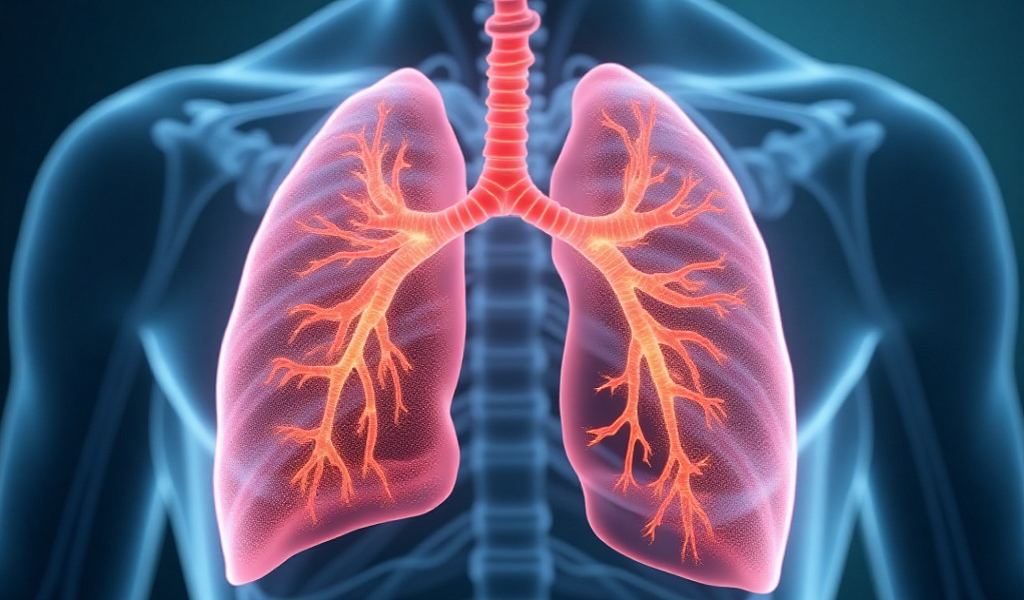Lung cancer isn’t just a smoker’s disease. A major new study reveals a hidden danger even for people who have never smoked: the very air they breathe. According to research, tiny pollution particles present in dirty air can directly cause harmful genetic changes in lung cells. This significantly raises cancer risk among non-smokers around the world.
Scientists conducted the largest-ever genetic study on lung cancer in lifelong non-smokers. They analyzed tumors from 871 people across 28 countries. Their findings, published in Nature, are alarming. Exposure to fine particulate pollution (PM2.5) – the invisible haze from sources like traffic, industry, and fires – was strongly tied to increased harmful mutations in a key cancer-prevention gene called TP53. Even more striking, this polluted air triggered a distinct genetic damage pattern known as Signature SBS4, which is typically associated with tobacco smoke. Such smoking-like damage was nearly four times higher among people living in heavily polluted areas.
The harm goes beyond specific mutations. Polluted air also led to premature shortening of telomeres – the protective caps on chromosomes that normally shorten with age. Shorter telomeres make cells unstable and impair their ability to repair damage. Importantly, the researchers observed a clear “dose-response” effect: with higher pollution levels came more mutations and shorter telomeres. This strongly suggests that air pollution is directly causing such genetic harm.
Interestingly, while exposure to secondhand smoke did show some cellular effects – including slightly more mutations and shorter telomeres – it did not produce the same dangerous cancer-driving mutations (like SBS4) as air pollution. This indicates that fine particulate pollution acts as a uniquely potent trigger for harmful changes in the lungs of non-smokers.
The research clearly identifies pollution’s role in these tumors – linking it to smoking-like mutations and accelerated cell aging. With non-smokers accounting for up to 25% of lung cancer cases globally, these findings underscore dirty air as a major, yet often invisible, public health threat. Cleaning up our air isn’t just an environmental goal – it’s also a direct way to protect everyone’s lungs.
